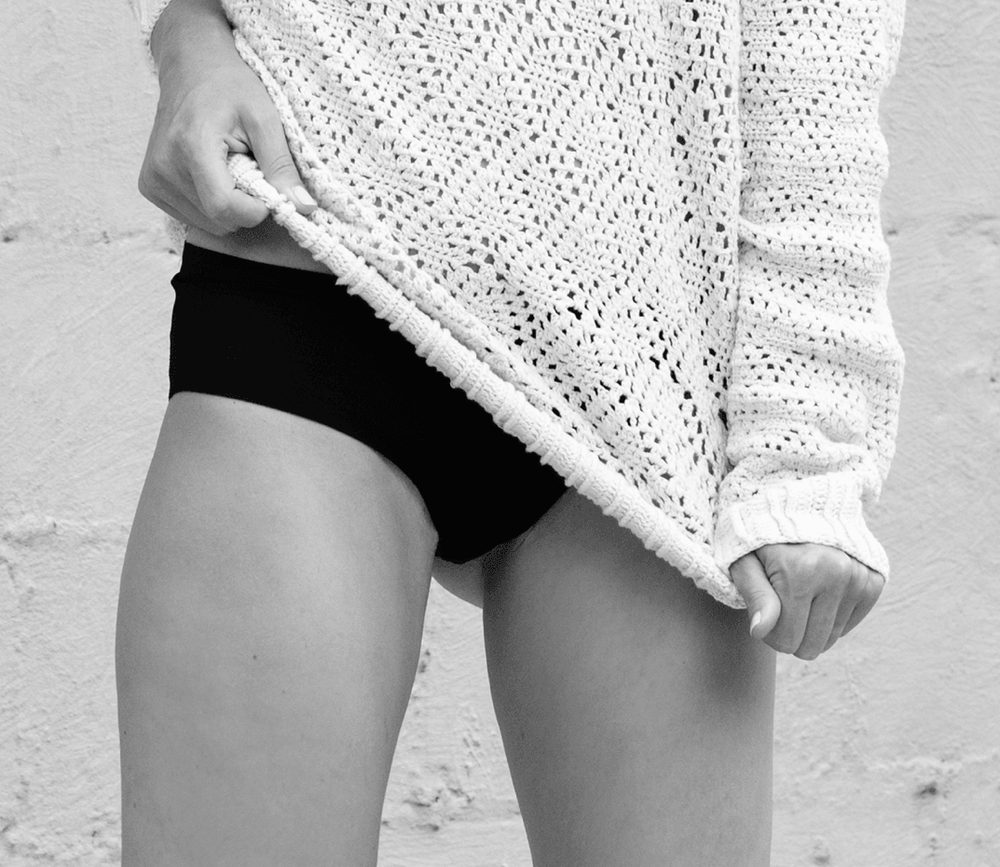Did you know that in the United States 1-in-3 women are living with urinary incontinence? That is over 19 million women just in the US alone, a pretty staggering number considering how rarely you hear women talk about living with this surprisingly common condition. This is probably due to the fact that most women don’t feel comfortable talking about their bladder weakness, even with their healthcare providers.
With so many of us not feeling comfortable raising our urinary incontinence even with experts, we reached out to our top medical advisors, Dr. Barbara Frank, an OB/GYN, and Dr. Jeannine Miranne, a Urogynecologist, to create the ultimate urinary incontinence guide. Read on to learn more!
What is urinary incontinence?
Urinary incontinence or UI is simply the loss of urine beyond your control.
How do I know if I have urinary incontinence?
Sometimes women will think they’re leaking urine, but it could be sweat or discharge. If you’re unsure, you can do a special pad test where you take a medication called phenazopyridine which tints your urine orange. You would then wear a pad, and if you are indeed leaking urine, your pad would turn orange. It’s a simple but effective way to test if you’re experiencing bladder leakage.
Is urinary incontinence a problem?
It is an issue only if you think it is an issue. Ask yourself: Is it taking away from my quality of life? Are my pants wet when I take them off every day? Am I self-conscious because of the amount of leakage? If so, you should bring this up with your doctor and start looking for the right incontinence products. Many women feel better just hearing from their doctors that it’s a common, often treatable, condition and not something that is dangerous to your health or indicative of a larger health concern.
Does urinary incontinence affect both men and women?
Both men and women can have bladder control issues, but women experience these issues more than twice as often. Women’s pelvic floors are much more vulnerable to weakness as a result of differences in their anatomy and the effects of pregnancy, childbirth, and menopause on the pelvic floor.
What are the most common causes of urinary incontinence?
Technically, Urinary Incontinence occurs when muscles or connective tissues of the pelvic area weaken or are injured. The most common reasons for urinary incontinence in women are age, menopause, pregnancy and childbirth, heavy lifting, uncontrolled asthma or other lung problems, and genetics.
What age do you see most women start to see this?
There are women as young as their teens up to their 90s living with UI, however the majority of women with UI are 30 to 80. Younger women are more likely to experience UI after pregnancy. However, fluid overconsumption, excessive bladder irritant use, and delayed bladder emptying can also contribute to urinary incontinence symptoms. Additionally, women who play high impact sports or who are overweight or obese may have UI. Much more rarely, neurologic disease can play a role. Multiple sclerosis is one example of a neurologic disease that can contribute to UI, but this is rare.
What are the treatments for Urinary Incontinence?
When looking at treatment, urinary incontinence is divided into two categories: Stress incontinence (which is leakage that occurs during physical activities like sneezing, coughing, laughing, and exercising) and urgency incontinence(which is leakage that occurs with a sudden urge to urinate). Both types can be treated with behavioral and dietary modifications, as well as pelvic floor muscle exercises (kegels), and pelvic floor physical therapy. You can also use incontinence products to keep from leaking onto your clothing.
The need for treatment is a personal, individualized choice and of course what treatment is best varies from patient to patient, depending on how bothered one is symptoms. For a woman who leaks a small amount when she laughs, she could just use liners. For an athlete who is leaking excessively every time she runs, she might want to consider surgeries or heavier protection.
We’re always hearing about kegels. What are they and do they really help?
Kegels are exercises where you squeeze or contract the pelvic floor muscles, the muscles surrounding the bladder, vagina, and rectum. You lift or pull these muscles up and in without contracting your abdominal muscles or buttocks. It’s best to do 10 squeezes in a row, 3 times a day. Although it can be difficult for women to isolate their pelvic floor muscles, there are pelvic floor physical therapists who can help women learn the correct technique.
What is one thing women experiencing urinary incontinence should know?
You shouldn’t use sanitary pads for incontinence. These products aren’t designed to absorb and wick away moisture caused by urine, which is quite different from blood. Also, urine also typically flows much faster than menstrual blood. So wearing a period pad every day to manage urine leakage can cause a lot of skin irritation because the moisture isn’t wicking away properly like it would with incontinence pads. Doctor’s often see women who wear period pads or panty liners who think they’ve developed a yeast infection when really it’s atopic dermatitis or what we would call a “diaper rash” in babies caused by the products they are using to manage leaks. Please, don’t use period pads, ladies -- there is a better way!
